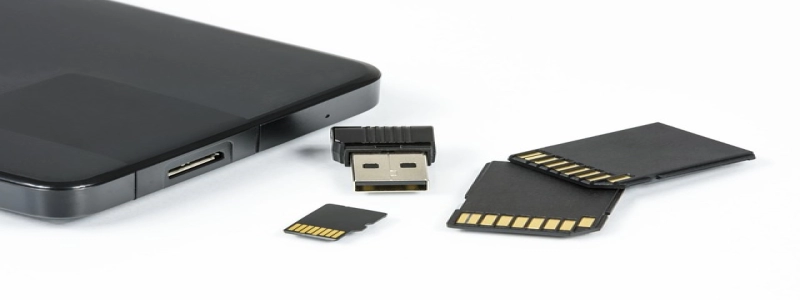Outdoor Ethernet
Introduction
Outdoor Ethernet refers to the use of Ethernet networking technology in outdoor settings. This allows for the extension of network connectivity beyond indoor environments, enabling outdoor devices to be connected to the network. In this article, we will explore the benefits, applications, and considerations of outdoor Ethernet.
Benefits of Outdoor Ethernet
1. Expanded Network Coverage: Outdoor Ethernet allows for the expansion of network coverage to outdoor spaces, such as gardens, parks, and outdoor event venues. This enables users to maintain network connectivity while enjoying the outdoors.
2. Seamless Integration: Outdoor Ethernet seamlessly integrates with existing indoor network infrastructure, allowing for the extension of network services to outdoor devices without the need for separate networks or infrastructure.
3. Enhanced Convenience: With outdoor Ethernet, users can easily connect outdoor devices, such as surveillance cameras, access points, and outdoor speakers, to the network. This eliminates the need for additional wiring or complex setup procedures.
Applications of Outdoor Ethernet
1. Outdoor Surveillance: Outdoor Ethernet is commonly used in outdoor surveillance systems to connect IP cameras and other surveillance devices to the network. This allows for real-time monitoring and recording of outdoor areas, enhancing security measures.
2. Outdoor Wi-Fi Access Points: Outdoor Ethernet enables the deployment of outdoor Wi-Fi access points, providing seamless wireless connectivity in outdoor areas. This is particularly useful in public spaces, such as parks and outdoor cafes, where users require internet access.
3. Outdoor Audio Systems: Outdoor Ethernet can be used to connect outdoor audio systems, allowing for music or public address systems to be controlled and accessed through the network. This enables businesses or event organizers to provide audio entertainment or announcements in outdoor settings.
Considerations for Outdoor Ethernet
1. Weatherproofing: Outdoor Ethernet devices should be specifically designed to withstand environmental conditions, such as rain, extreme temperatures, and humidity. Weatherproofing ensures the durability and longevity of outdoor Ethernet equipment.
2. Cable Length Limitations: Ethernet cables have distance limitations for reliable transmission. When deploying outdoor Ethernet, the cable length should be considered to ensure adequate signal strength and data transmission.
3. Power Supply: Outdoor Ethernet devices may require a separate power source. Power over Ethernet (PoE) technology can be utilized to deliver both data and power through a single Ethernet cable, simplifying installation and reducing the need for additional power outlets.
Conclusion
Outdoor Ethernet provides a reliable and convenient solution for extending network connectivity to outdoor environments. With its expanded network coverage, seamless integration, and ease of use, outdoor Ethernet is becoming increasingly popular in various applications such as outdoor surveillance, outdoor Wi-Fi access points, and outdoor audio systems. However, considerations such as weatherproofing, cable length limitations, and power supply should be taken into account when deploying outdoor Ethernet.








